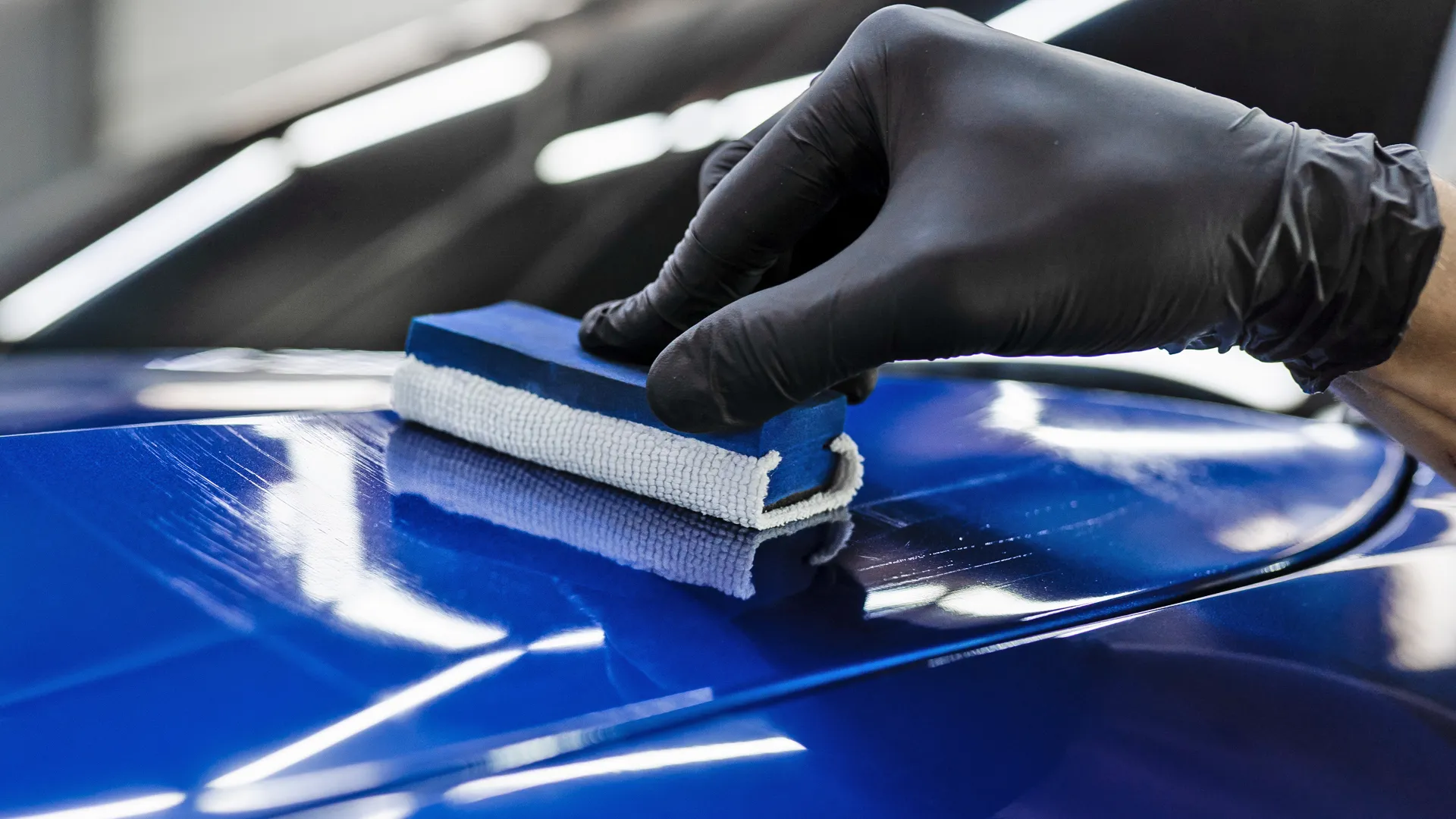A Comprehensive Overview to the Kinds of Ceramic Coating on the marketplace
Ceramic coverings have emerged as a crucial solution across numerous industries due to their distinct homes and applications. From silica-based formulas understood for their effectiveness to hybrid alternatives that combine multiple benefits, the selections available can be overwhelming. Understanding the subtleties of each type, including their particular advantages and ideal usage instances, is important for making notified decisions. As we discover the distinctive qualities and applications of these finishings, the effects for performance and longevity come to be progressively obvious, raising concerns regarding which kind may ideal suit your demands.
Comprehending Ceramic Coatings
Ceramic coatings are sophisticated protective services that have acquired popularity in numerous industries, especially in automobile and aerospace applications. These coverings contain a fluid polymer that, when healed, forms a durable, hydrophobic layer on the surface of the substrate. This layer supplies improved resistance to ecological impurities, UV radiation, and chemical direct exposure, thus expanding the life and aesthetic charm of the underlying material.
The basic component of ceramic finishings is silica, which contributes to their firmness and resilience. The application process usually entails surface preparation, application of the layer, and treating, which can be attained via heat or UV light. When cured, ceramic finishings show phenomenal bonding buildings, permitting them to adhere highly to a selection of surface areas, including steels, plastics, and glass.
In enhancement to their safety features, ceramic coverings also offer convenience of upkeep. Their hydrophobic nature reduces the adherence of dirt and grime, making cleaning easier and less frequent. On the whole, the fostering of ceramic coverings represents a considerable improvement in surface area protection modern technology, supplying both functional and aesthetic advantages throughout multiple sectors.
Sorts Of Ceramic Coatings
Different sorts of ceramic finishings are readily available, each made to meet specific efficiency needs and applications - scratch repair sarasota. The most common types include:
Silica-based Coatings: These layers primarily include silicon dioxide and are known for their sturdiness and chemical resistance. They are commonly made use of in vehicle and industrial applications.
Titanium Dioxide Coatings: Prominent for their photocatalytic residential properties, titanium dioxide coatings are often used in environments where self-cleaning and antifungal residential or commercial properties are preferable, such as in structure products and vehicle coatings.
Zirconia Coatings: Characterized by their high-temperature stability and thermal resistance, zirconia finishings are used in applications such as generator engines and high-performance automotive components.
Alumina Coatings: Showing exceptional firmness and thermal stability, alumina finishes are regularly utilized in wear-resistant applications, including cutting devices and commercial machinery. - Auto Detailing
Hybrid Coatings: Integrating the homes of different products, crossbreed finishes use improved performance attributes, making them suitable for unique and requiring applications.
Each kind of ceramic finishing offers distinct objectives, permitting customers to select the most proper remedy based upon particular ecological conditions and performance requirements.
Advantages of Ceramic Coatings
Ceramic layers, in particular, offer countless advantages that make them significantly preferred amongst makers and consumers alike. These coatings are immune to scrapes, chemicals, and UV rays, guaranteeing that the underlying surface remains protected over time.
Along with toughness, ceramic finishes give exceptional hydrophobic homes, permitting simple cleaning and upkeep. This water-repellent nature lessens the adherence of dust, gunk, and various other pollutants, which can prolong the aesthetic allure and functionality of the surface. In addition, ceramic coverings can dramatically boost thermal resistance, making them suitable for applications that sustain heats.

Application Refine
When using ceramic coatings, a careful technique is necessary to attain optimum results. A tidy surface area makes certain proper attachment of the coating.
Once the surface area is prepped, the following action is to apply the ceramic finishing. This can be done using an applicator pad or a microfiber towel, making certain also insurance coverage. It is crucial to work in small areas to maintain control and stop premature treating. The layer should be used in slim layers, as thicker applications can cause uneven surfaces.
After application, the layer needs a details curing time, generally ranging from a few hours to a complete day, depending on the product. During this time around, it Going Here is important to prevent exposure to dampness or pollutants. A gentle buffing might be needed after curing to enhance the gloss and eliminate any high areas. Following these actions vigilantly will make best use of the performance and long life of the ceramic finish, providing a long lasting safety layer for the surface area.
Upkeep and Long Life
To make sure the longevity and effectiveness of a ceramic finish, routine upkeep is important. Ceramic coatings, known for their longevity and protective high qualities, call for certain care routines to maximize their life-span and performance. The very first step in maintenance includes regular cleaning with pH-neutral soap, preventing harsh chemicals that can weaken the finish. It is a good idea to clean the car routinely, ideally every 2 weeks, to stop the build-up of impurities that could compromise the finish's integrity.
In addition to regular cleaning, regular inspections are important. Seek indications of wear or damage, such as hydrophobic homes diminishing or surface flaws. If necessary, a light gloss may be applied to invigorate the coating without removing it away.
In addition, the application of a booster spray can improve the layer's hydrophobic impacts and recover its gloss. This is specifically helpful for coatings that have actually been in usage for an extensive period. Ultimately, by sticking to these upkeep practices, one can considerably prolong my explanation the life of a ceramic Discover More Here layer, making sure that it remains to provide optimum defense against environmental elements and preserve the visual appeal of the car.
Final thought
